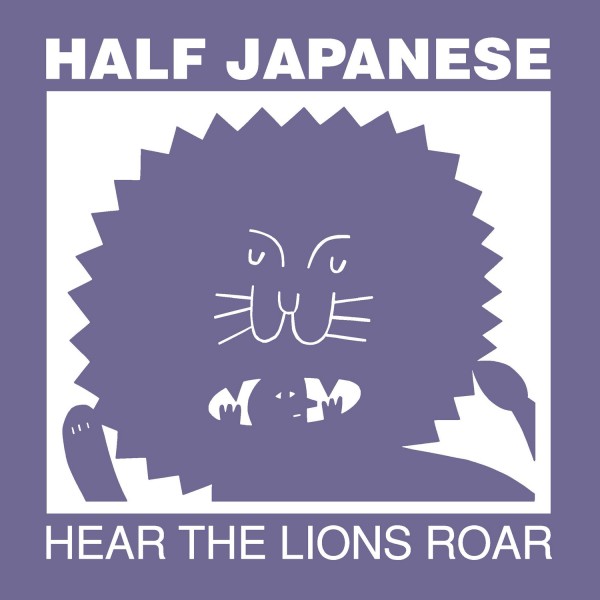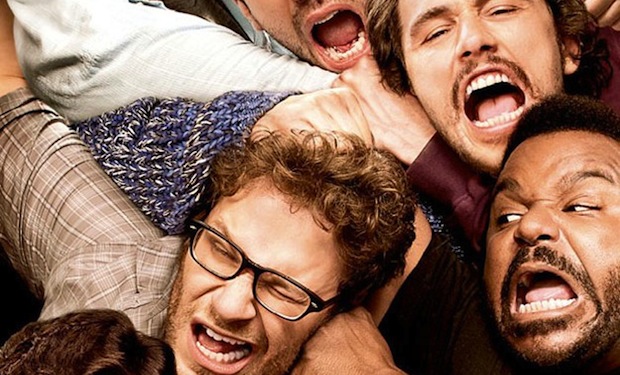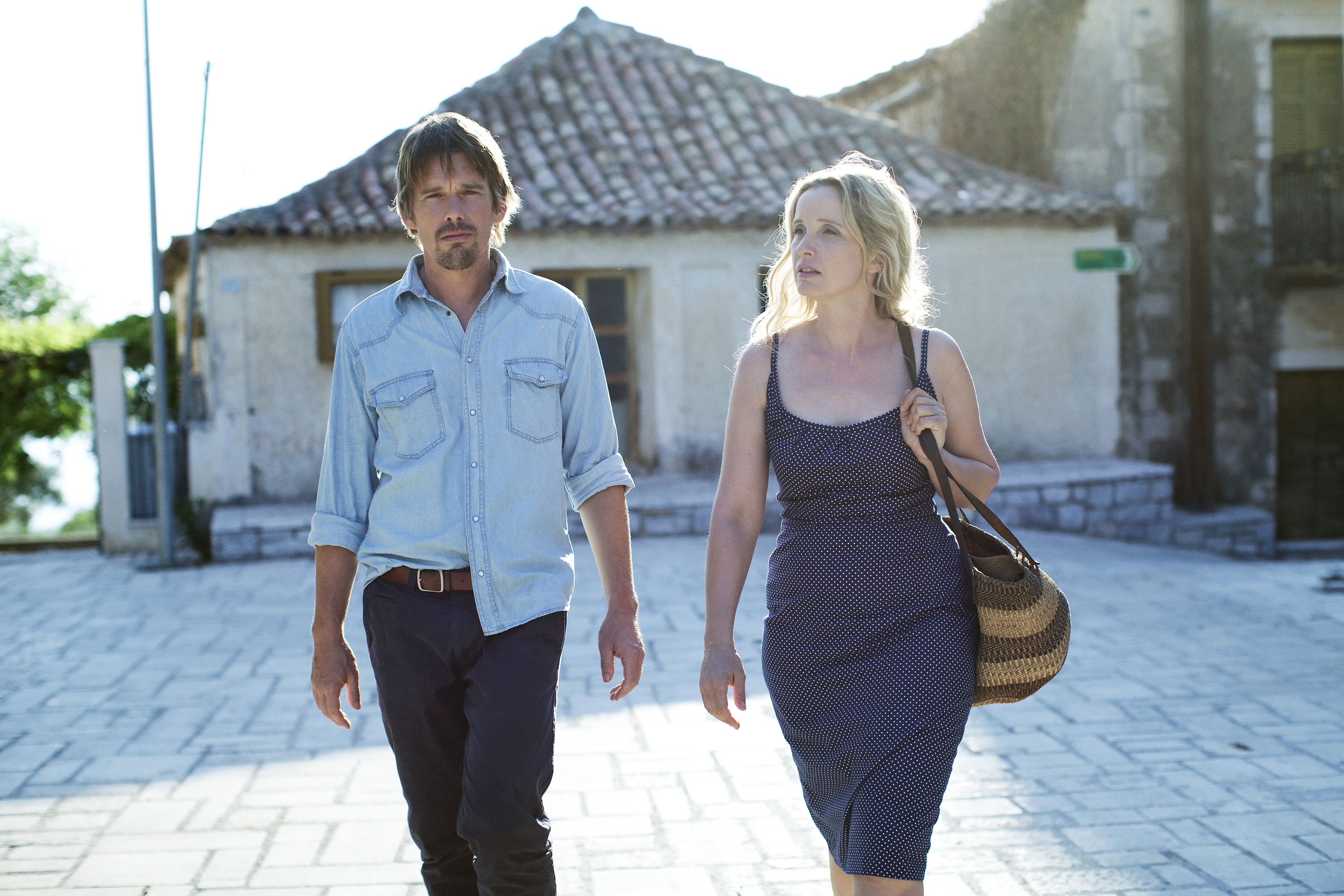Martin Scorsese has to be commended for taking on the adaptation of Shusaku Endo’s 1966 book of the same name, as Silence requires a deep understanding of Japan, its history and its people. And while what he achieves is impressive with the overall outlook and feel of the film, I have to admit that I felt there was problems with the representation of the Japanese Christians for the first half, along with some of the more grim scenes of violence and torture later on. If you are familiar with some of the many classic Japanese films of this era like Rashomon or The Twilight Samurai then you may feel a little let down.
The story follows two Catholic missionaries who decide to trek to Japan after they hear a rumour that their much lauded mentor has lost his way and become an apostate priest – or renounced his faith. With this news, the pair decide to make it their mission to revive Christianity in the country, after hearing about the brutal persecution of its followers and possible lack of representation from the church. But, equally, they want to know the truth behind their mentor and his supposed fall from grace. And with this, a gruelling journey for both men unravels that will test the limits of their faith and what they are willing to sacrifice in their God’s name.
With Andrew Garfield (The Amazing Spider-Man) in the lead, alongside Adam Driver (Paterson) as the Catholic missionaries, and Liam Neeson (Schindler’s List) and Ciaran Hinds (Life During Wartime) in co-star roles, the acting ability on show is second to none, although Neeson is the most impressive in his small but key role as the apostate priest. The story and premise is a tricky one because it asks many questions of its viewers. Surprisingly, it has a critical edge in questioning the purpose and wisdom of trying to bring Christianity to Japan at this time and highlights the naivety of the missionaries, but it basically balances this out by showing the brutality of the Shogunate in their actions as inquisitors for much of its long runtime. There’s no doubt about how ruthless the Shogunate authorities would have been but it seems convenient at times.
The initial representation of the language barrier didn’t convince, as they seem to get by very nicely knowing no Japanese, yet they luckily find all these English speakers. Scorsese’s general depiction of the Japanese Christians was too weak for my liking as well. It was as if they were helpless without the priests to guide them, though it’s not beyond the realms of possibility for this to be the case.
Silence is at its best when it gets into some great dialogue between Garfield and the head inquisitor in the later scenes, played convincingly with subtle menace by Issei Ogata. These moments are essential for putting across the Japanese authority’s thinking and they give Tadanobu Asano (Thor, Ichi The Killer) a great role as the translator for Garfield. The underlying threat is always there from the two of them but a certain rationale is shown with aplomb that is testament to their acting skills and Scorsese’s mettle as a filmmaker.
On the whole, Scorsese does a good job – particularly with his choices for the Japanese characters, many of whom are in prominent Japanese movies – but I can’t help feeling that he could have done with a Japanese co-director to get the realism right, as it gave me flashbacks of that load of nonsense The Last Samurai a little too often. The production was spot on with the locations and costumes but there was a distinct western feel that overpowered some scenes that could of benefited from a deft Japanese hand. But Silence is still well worth a watch and is another ballsy addition to Scorsese’s impressive back catalogue. Kev Lovski





